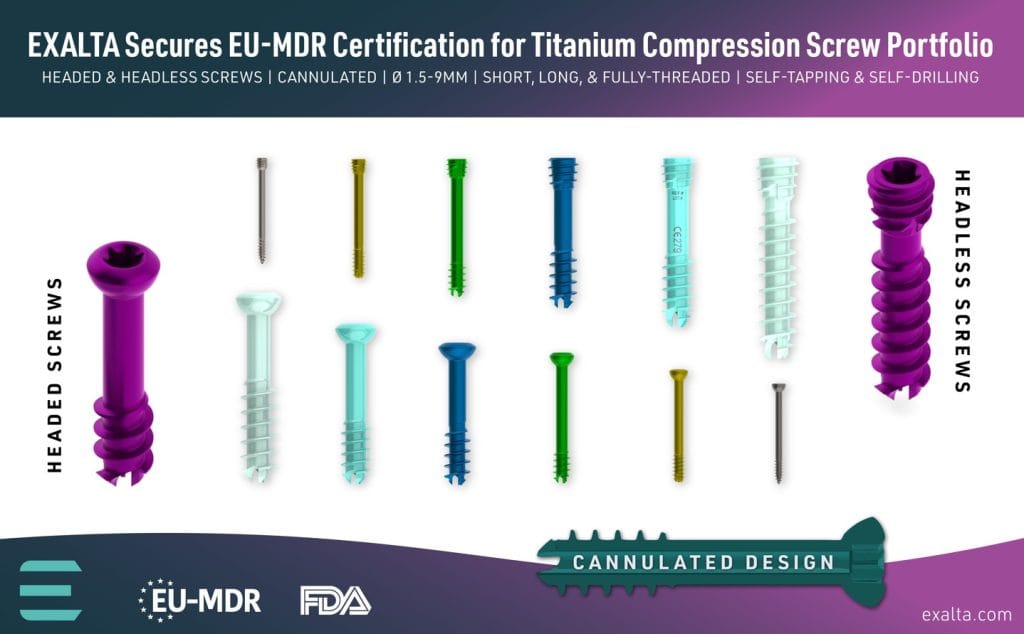MedTech Insights: FDA Qualifies Apple’s AFib History Feature as an MDDT


The FDA has granted a landmark qualification to Apple’s AFib History feature under its Medical Device Development Tools (MDDT) program. This makes it the first digital health technology to receive such qualification. The AFib History feature on the Apple Watch provides a non-invasive way to estimate AFib burden within clinical studies. It uses pulse rate data from the watch’s photoplethysmography (PPG) sensor to identify irregular heart rhythms consistent with AFib.
Enhancing Clinical Study Capabilities
The feature offers retrospective estimates of the amount of time spent in AFib, helping to monitor participants both before and after the use of cardiac ablation devices. This tool serves as a biomarker test, enhancing the evaluation of cardiac ablation devices’ safety and effectiveness. The stringent FDA qualification process ensures that the AFib History feature provides scientifically valid measurements within its specified use context.
The MDDT program is designed to facilitate the development and assessment of medical devices by providing tools that are qualified based on rigorous evidence. These tools, including digital health technologies like Apple’s AFib History, play a crucial role in helping the FDA understand medical device performance in terms of safety and efficacy.
Impact on the MedTech Industry
This FDA qualification underscores the increasing integration of consumer technology and medical devices. By enabling the Apple Watch to provide critical health monitoring, Apple is setting a new standard for wearable health technologies. This development highlights the potential for digital health tools to provide accessible and non-invasive health monitoring solutions, paving the way for more innovations in the field. The qualification of the AFib History feature could lead to broader acceptance and implementation of similar technologies in clinical studies and patient care.
For more details on this significant achievement, you can read the full article on My Healthy Apple.
Don’t forget to follow us on LinkedIn for even more updates like this!













